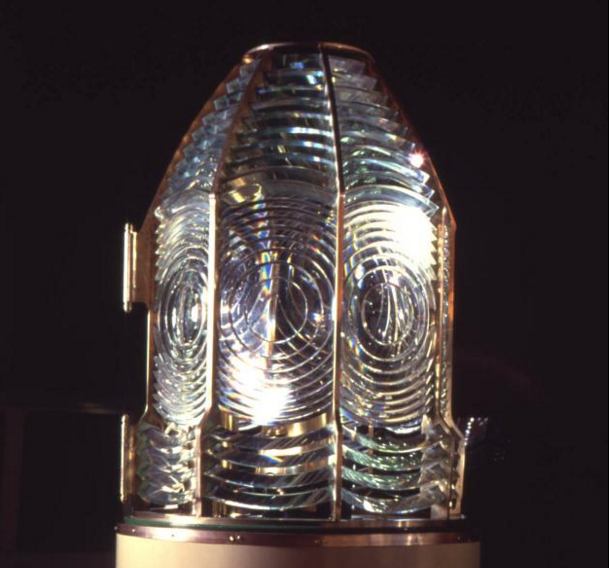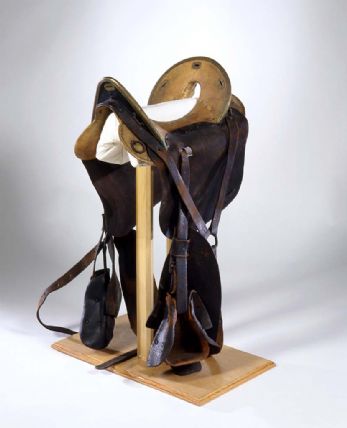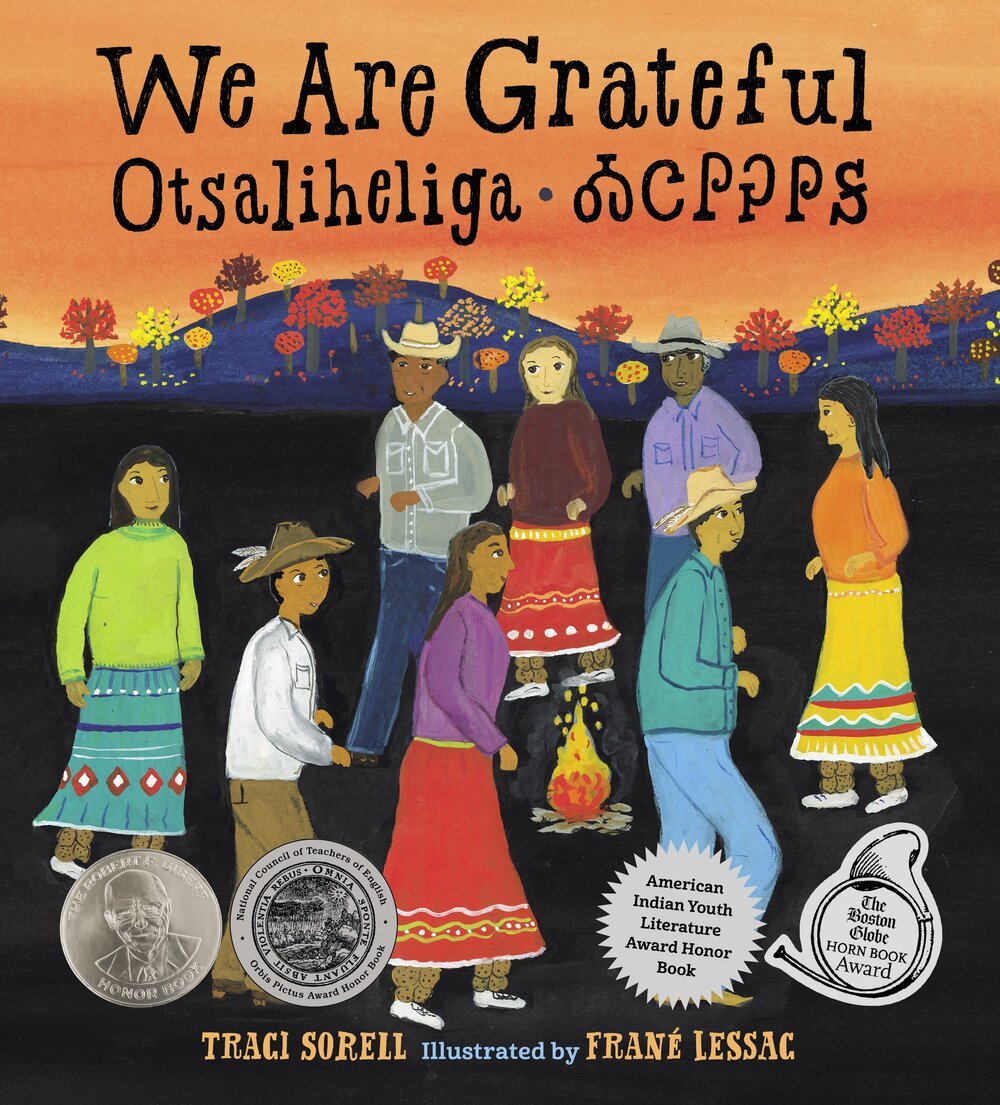As COVID-19 deaths spiked in 2020, Suzanne Firstenberg’s public art installation "In America: How could this happen…"
Museum Artifacts

Grade Range:
K-12
Resource Type(s):
Artifacts, Primary Sources
Date Posted:
3/27/2012
In the early nineteenth century, lighthouses in the United States were considered inferior to those in France and England. American mariners complained about the quality of the light emanating from local lighthouse towers, arguing that European lighthouses were more effective at shining bright be

Grade Range:
K-12
Resource Type(s):
Artifacts
Date Posted:
11/7/2012
This ambrotype portrait of Mea-to-sa-bi-tchi-a, or Smutty Bear, a Yankton Dakota, is among the first photographic images of Native Americans. Smutty Bear was part of a large Native American delegation that came to Washington, D.C., during the winter of 1857–58. Under duress, members of the dele

Grade Range:
5-12
Resource Type(s):
Artifacts, Primary Sources
Date Posted:
12/17/2010
Captain George B. McClellan toured Europe with a military commission looking at new military tactics. He returned and developed a new modified cavalry saddle. In 1859, the U.S. War Department adopted the McClellan saddle. They remained the standard issue throughout the history of the horse cavalr

Grade Range:
K-12
Resource Type(s):
Artifacts, Primary Sources
Date Posted:
3/10/2009
A popular portrait method of photography from the 1839 announcement of its invention to about 1860, the Daguerreotype was a unique photograph with no negative—each photograph was exposed on a copper plate coated with silver-nitrate. This half-length Daguerreotype portrait of Louis Jacques Mand�

Grade Range:
K-12
Resource Type(s):
Artifacts, Primary Sources
Date Posted:
3/9/2009
This silver teapot was made by Samuel Casey of Little Rest (later Kingston, R.I.), about 1750, for Abigail Robinson, probably about the time of her marriage to John Wanton of Newport, R.I., in 1752. Shaped like an inverted pear, the teapot has silver feet and a wooden finial. The wooden handle is

Grade Range:
5-12
Resource Type(s):
Artifacts, Primary Sources
Date Posted:
12/30/2010
Union belt buckle found on the battlefield at Winchester, Virginia.

Grade Range:
K-12
Resource Type(s):
Artifacts
Date Posted:
3/28/2016
John H. Irwin received patent number 35,158 on May 6, 1862, of this design of a coil oil lamp. Irwin’s lamp was designed for coal oils and other similar hydrocarbons (such as kerosene) which volatilized at low temperatures and required an excess of oxygen to support illumination. The excess of

Grade Range:
K-12
Resource Type(s):
Artifacts
Date Posted:
4/16/2018
This Butsudan-Buddhist altar was made from scrap lumber in Jerome Relocation Center in Arkansas. Buddhism was among the religions that was practiced in the internment camps. However, it was not formally recognized in the camp or marked with a specific house of worship within the internment camp g

Grade Range:
6-12
Resource Type(s):
Artifacts, Primary Sources
Date Posted:
9/3/2020
The American Party, also called the Know-Nothings, was a major national political force in the 1850s. It saw immigrants and Catholics as the greatest threat to self-government and to the nation. Arguing for rule by native-born Protestants, the Know-Nothings ran former President Millard Fillmore as t

Grade Range:
K-12
Resource Type(s):
Artifacts
Date Posted:
12/30/2020
Board of Health: OBSERVATION QUARANTINE: Persons other than those of the household and those legally authorized are forbidden to enter. No person other than those authorized by the Board of Health shall remove this placard. Any person or persons defacing, covering up or destroying this placard rende



















